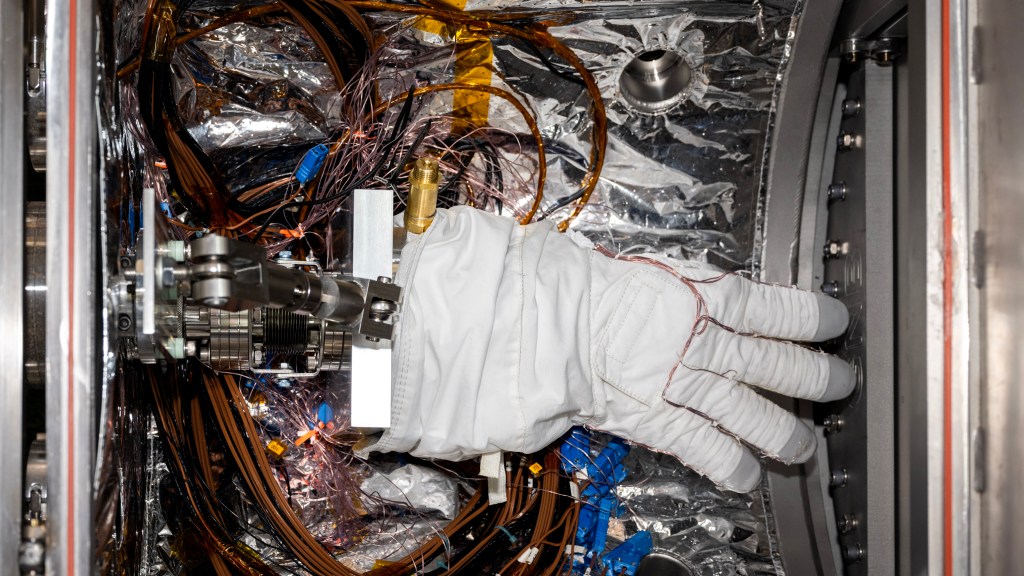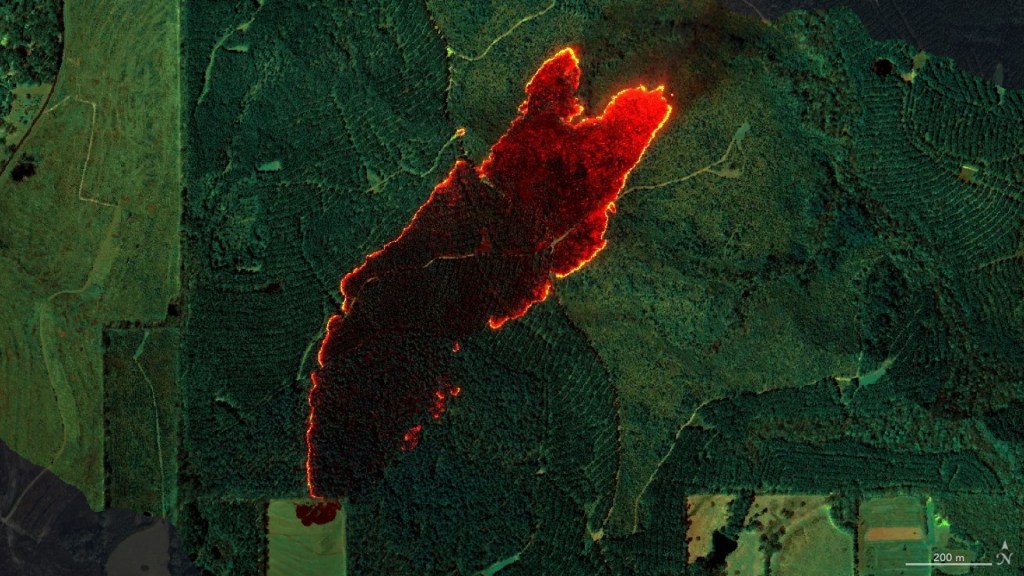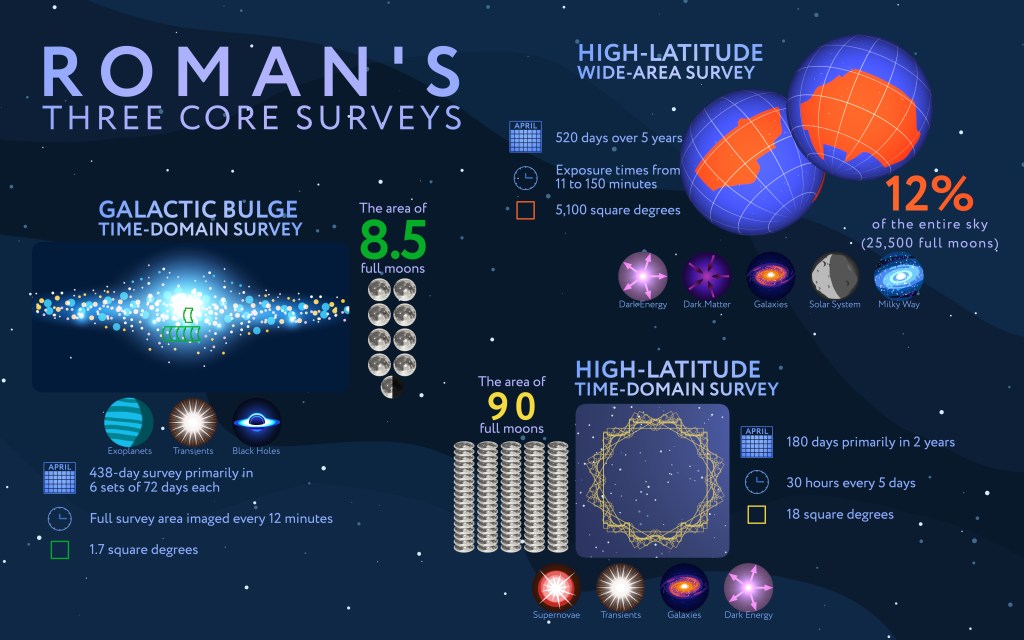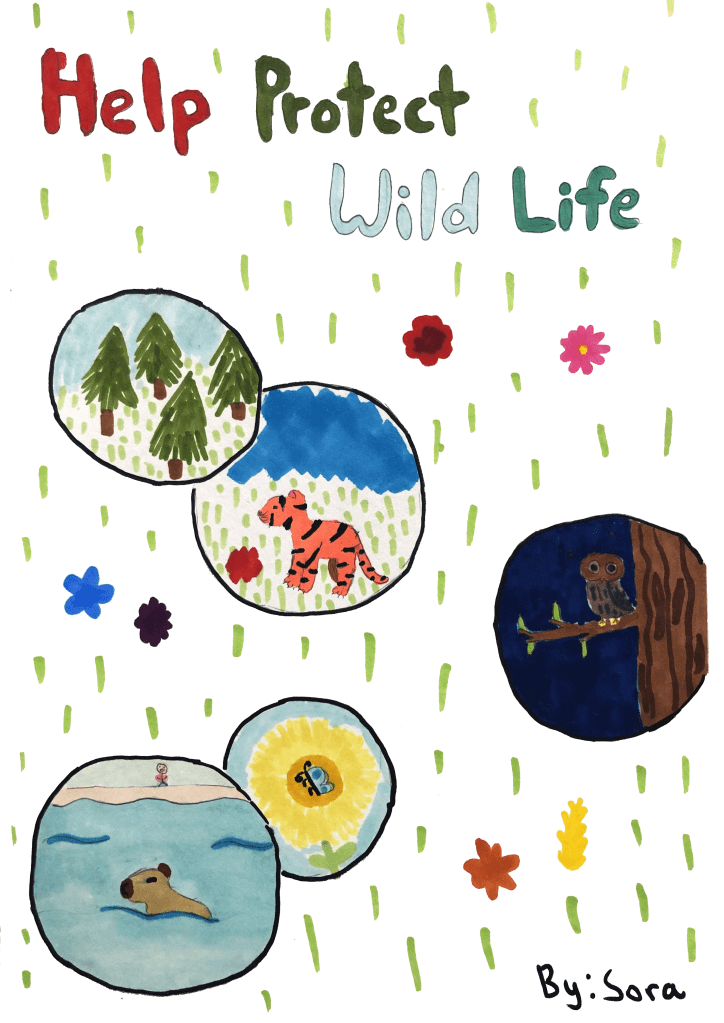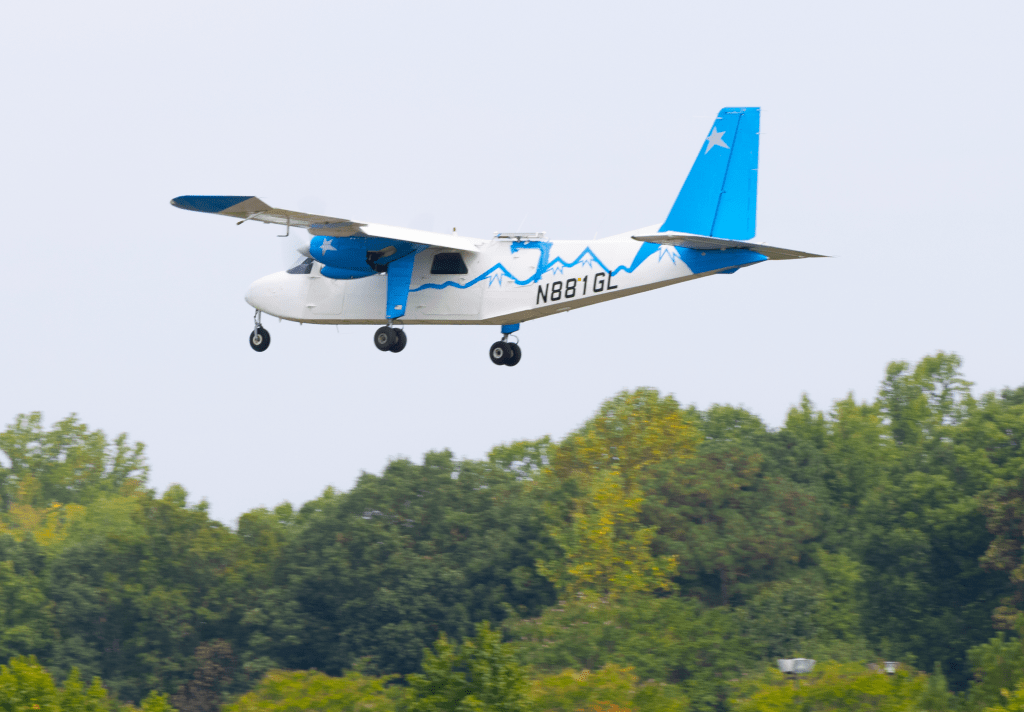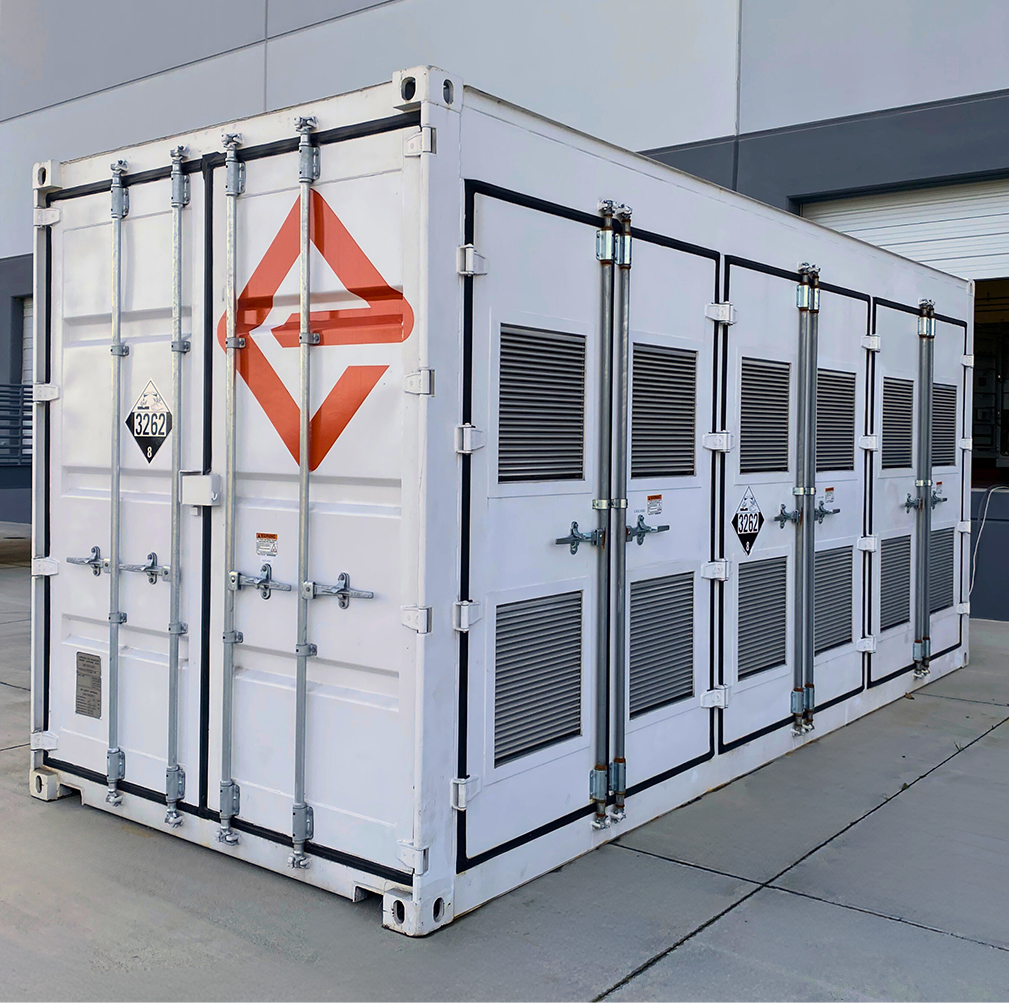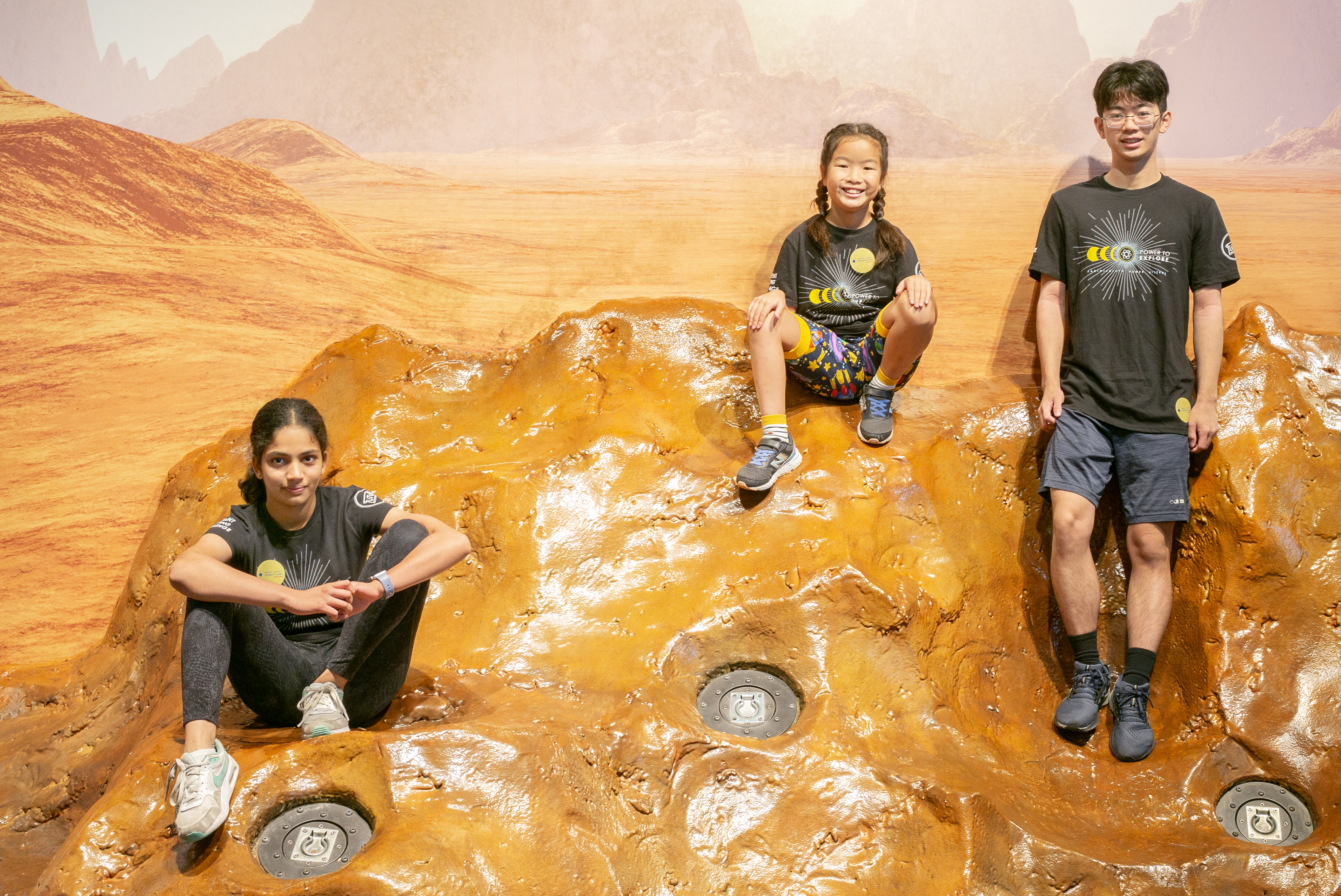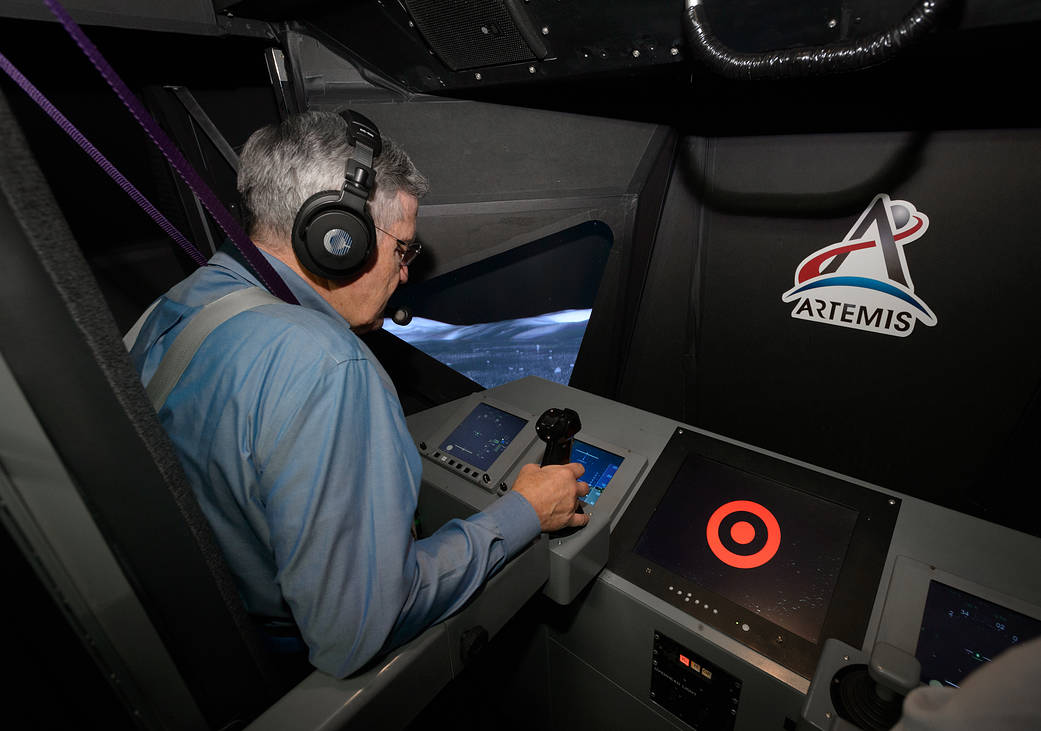NASA Associate Administrator Bob Cabana pilots the lunar lander at the Vertical Motion Simulator (VMS) facility during his tour at NASA’s Ames Research Center in California’s Silicon Valley on Sept. 21, 2022. This unique facility can help prepare NASA astronauts, including the first woman and person of color, to land on the Moon’s surface as part of the Artemis program.
As part of Cabana’s visit to the west coast, he learned about NASA’s two new X-planes at NASA’s Armstrong Flight Research Center in Edwards, California on Tuesday.
During his visit to Ames, Cabana took a tour of the center that featured highlights of NASA facilities and projects critical to the nation’s research and development activities involving flight in the air and space.
These included:
- The Airspace Operations Lab – the control center for Ames’ Unmanned Aircraft Systems Traffic Management effort. The facility supports research into many applications using drones where these low-flying aircraft could save lives, time, and money, such as wildfire response;
- projects in Earth science and aeronautics that infuse NASA innovation into applications like fighting wildfires. Ames’ response to climate change and related phenomena includes airborne Earth science campaigns using diverse aircraft, including uncrewed vehicles. To help researchers devise more such uses for drones, aeronautics staff on the Smart Mobility team are creating a test environment at Ames and technology to assist pilots responding to wildfires and in other complex settings.
- FutureFlight Central – a 360-degree, fully immersive, simulated airport flight control tower– that helps NASA identify and solve difficult airport and air traffic control issues in our nation’s airspace;
- the Arc Jet Complex, a high-energy wind tunnel that simulates the intense heating experienced by spacecraft during hypersonic atmospheric entry. This facility is used for testing materials and designs to protect spacecraft from heating during planetary entry;
- Ames’ Bioengineering facility, laboratories that support space exploration by developing the next generation of life support systems. This work aims to enable humans to live in space for extended periods of time with minimal resupply. Research includes engineering biological systems to provide critical resources for exploration – including food, life support, and materials – and to conduct life science research investigations beyond low-Earth orbit;
- the NASA Advanced Supercomputing Facility, which offers world-class supercomputing resources and services customized to meet the needs of users from NASA centers, academia and industry. The facility’s computing power is necessary to meet the agency’s unique needs for Earth and space science studies, space exploration, and advances in aviation;
- and the NASA Research Park, a shared-use research, development, and education campus for industry, academia, non-profits, and government.
Editor’s note: This page was updated Sept. 27, 2022, to reflect the stops made during the tour.
Photo credit: NASA/Dominic Hart


